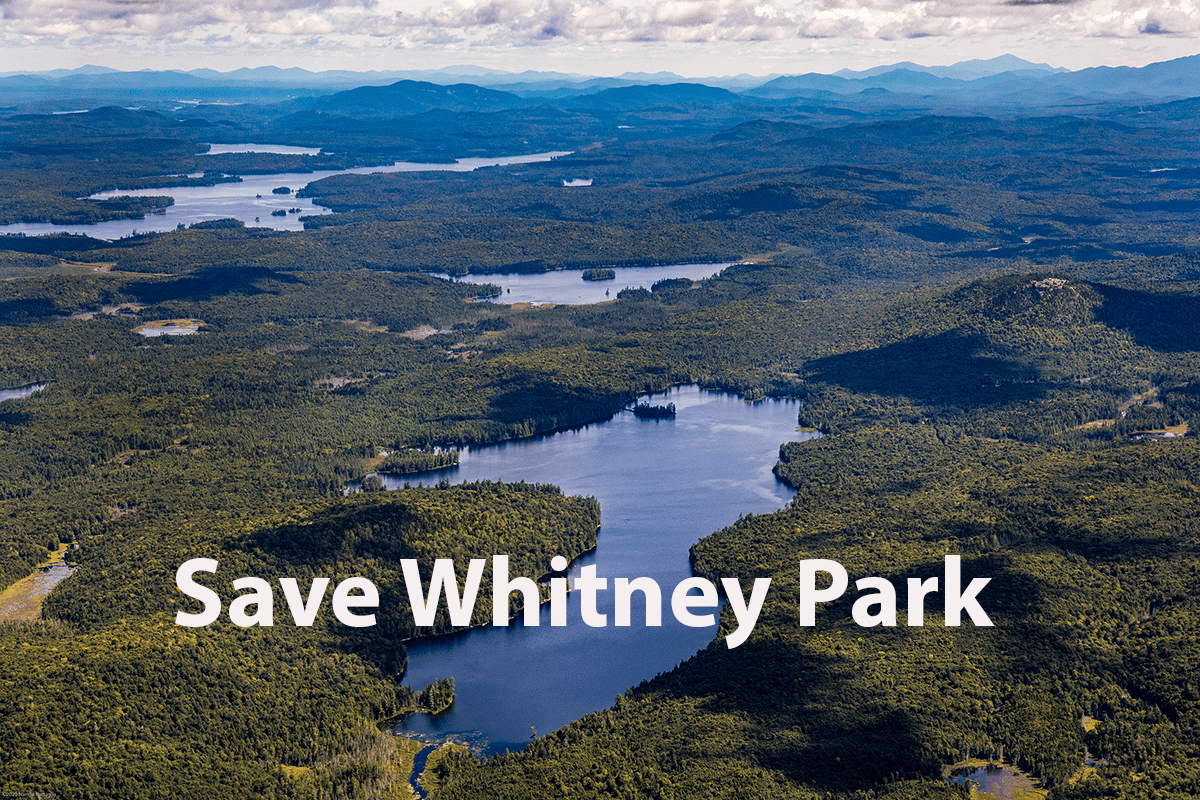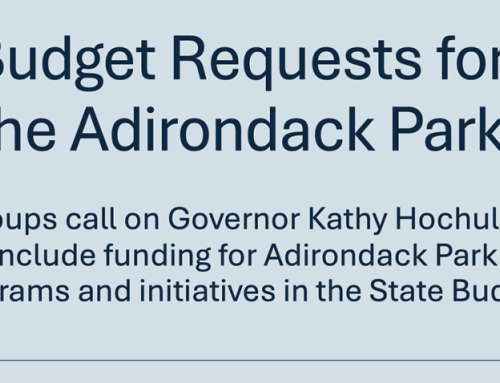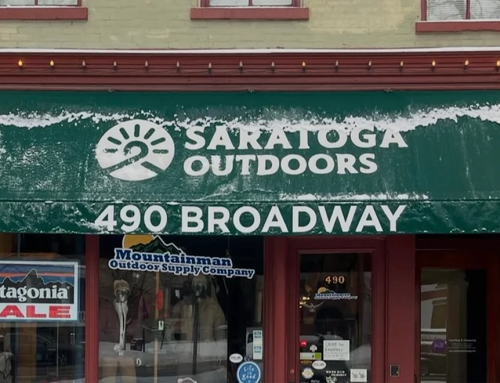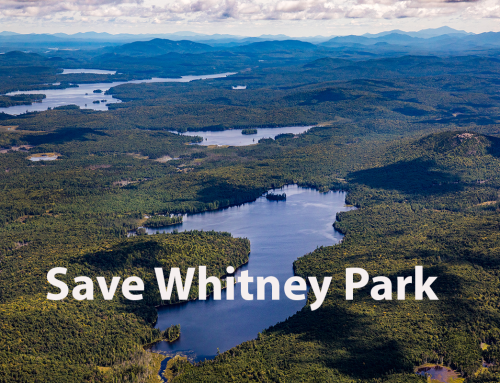Campaign for Quiet and Motorless Waters Starts with Whitney Park
One great myth about the wild Adirondack Park is that there is an abundance of motor-free lakes and ponds. In fact, the Park faces a scarcity of quiet waters where one can paddle a canoe or kayak without interruption from motorboats, jet skis, floatplanes, and other types of motorized watercraft. Of the 200 largest lakes and ponds in the Adirondack Park, the overwhelming majority of big lakes and ponds provide abundant opportunities for motorized watercraft—but scant opportunity for quiet, motor-free waters. Among those 200 largest lakes, 114 are open for motorboating, 55 are private with no public access, 31 are motor-free. 12 of the 31 motor-free lakes are inaccessible and involve a lengthy hike carrying one’s boat.
Protect the Adirondacks supports more motorless and quiet lakes for the public across the Adirondacks. We recently published a new guide with recommended sites where people can paddle motorless and quiet waters that are easily accessible. The list of quiet waters in the Adirondacks needs to grow and it should start with adding the lakes and ponds in Whitney Park.
The 36,000-acre Whitney Park has been at the top of New York’s land protection list for decades
The 36,000-acre Whitney Park in Long Lake is up for sale and a real estate developer from Dallas, Texas says he wants to buy and develop the tract. Following the untimely death of its owner last year, this historic tract in the heart of the Adirondack Park will be sold by his heirs and a Trust seeking to sell these lands in the months ahead. Protect the Adirondacks is urging Governor Kathy Hochul and the Department of Environmental Conservation to negotiate purchase of Whitney Park for the Forest Preserve, or as a conservation easement, or a combination of the two. It’s vital to the future of the Adirondack Park that Whitney Park is protected in perpetuity.
Read a group letter from PROTECT and seven other conservation groups calling on Governor Hochul to protect Whitney Park.
Whitney Park has been a high priority property listed in the New York’s “Open Space Conservation Plan” for decades. The latest version of this Plan described the tract as “a 36,000 acre property in Hamilton County that has been devoted to forest and wildlife management for over 100 years and contains enormous outdoor recreational potential.” In 1996, the Adirondack Park Agency found that “[w]ith numerous lakes, ponds, streams and extensive wetlands, [Whitney Park] represents a significant open space and ecological resource of the Adirondack Park. Nowhere in the Eastern United States do land resources exist in private holdings of comparable size and extent with the exception of Northern Maine. The open space and ecological values of properties of this size and containing these resources diminish rapidly as they are subdivided.” Thus, for more than three decades Whitney Park has been recognized by the State of New York as an ecological and recreational treasure.
Whitney Park’s interconnected waterways are not only part of a historic 19th century canoe route once used by travelers who paddled and portaged across the Adirondacks, they also provide great ecological connectivity through the central Adirondack Park. Whitney Park includes 22 lakes and ponds, numerous streams and wetlands, over 100 miles of undeveloped shoreline, and is lightly developed with continuous high forest canopy.

In 1997, Governor Pataki purchased Little Tupper Lake and created the William C. Whitney Wilderness Area. Whitney Park has 22 beautiful lakes and ponds including Moose Pond (top right), Big Salmon Lake (bottom right), and parts of Forked Lake and all of Little Forked Lake (bottom left).
The 3-million-acre Forest Preserve in the Adirondacks and Catskills is one of the great success stories in New York State. It has been built through a multi-generational, bipartisan conservation tradition from 1885 through today. Whitney Park has been eyed by generations of Adirondack conservationists and State officials as a cornerstone of a protected Adirondack Park, a missing link for historic public canoe routes that ran north-south and east-west through the property, and as a vital missing piece for the public Forest Preserve.
In 1998, Governor George Pataki purchased the northern portion of Whitney Park, 15,000 acres around Little Tupper Lake, from Mary Lou Whitney. These lands were combined with Forest Preserve lands around Lake Lila to form the William C. Whitney Wilderness Area, which has grown to be one of the most popular Wilderness areas in the Adirondacks that provides timeless and wild outdoor experiences. It’s impossible today to imagine an Adirondack Park without public lands and waterways like Lake Lila and Little Tupper Lake.
Click here to read a letter from the Adirondack Council, Adirondack Mountain Club, Adirondack Wild: Friends of the Forest Preserve, Adirondack Wilderness Advocates, Citizens Campaign for the Environment, New York League of Conservation Voters, Protect the Adirondacks! and Sierra Club Atlantic Chapter.
Governor Hochul Must Protect the 36,000-Acre Whitney Park
This is a once-in-a-lifetime opportunity and challenge that the State of New York that Governor Hochul must meet head-on. Protection of Whitney Park would be a great accomplishment for her administration and, like critical lands purchases made by previous Governors, would stand the test of time for its immense public benefits, including boosting the Adirondack and North Country economy, quality of life, clean air and water, public recreational opportunities, green house gas emissions mitigation, and climate action.
And importantly, protecting Whitney Park would provide public access to more motorless and quiet waters for the public to enjoy inside the Adirondack Park.






